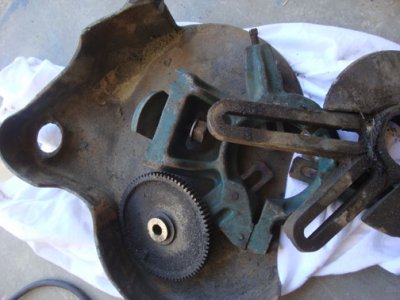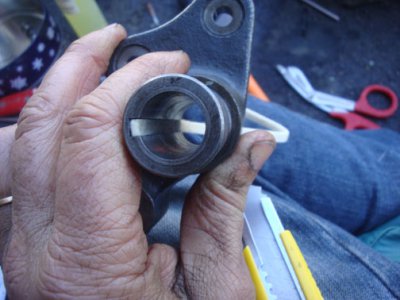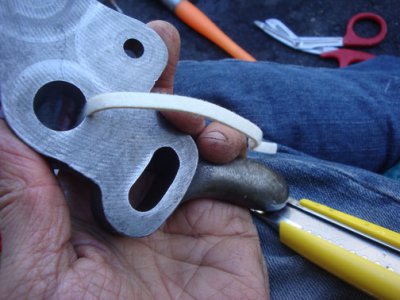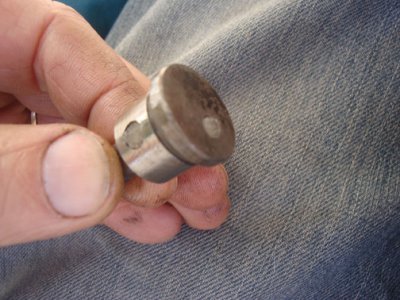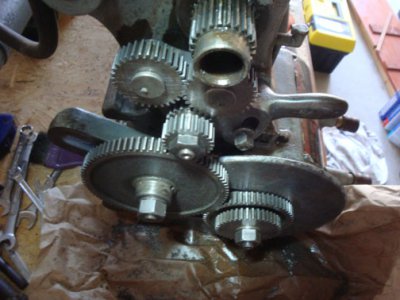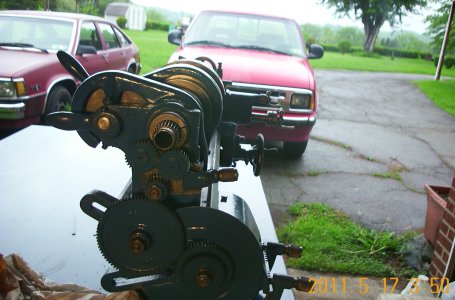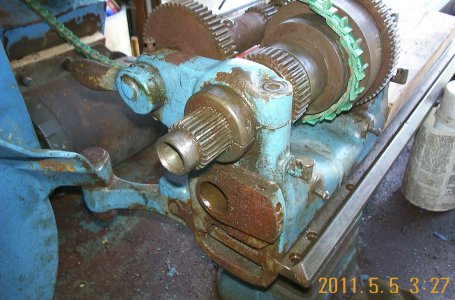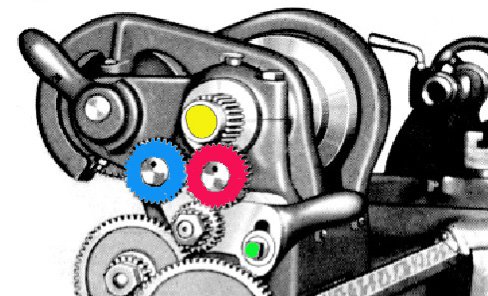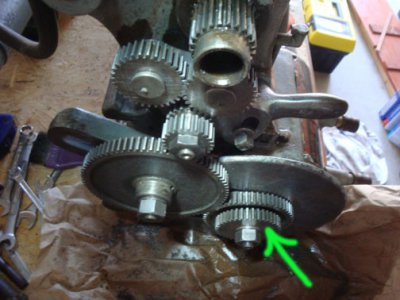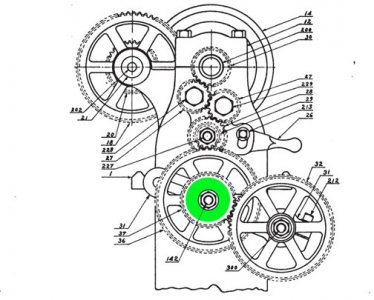Hi all and thanks for advice. I've decided at this point to clean everything and make it functional vice pretty, so I probably won't paint or need to remove stuff that doesn't need to be removed.
I'm currently looking around the web for more info on GE motors from that period and wiring. My nextdoor neighbor said asbestos was used in wiring installation and he said to be careful about getting it on me.
I haven't yet got to the bronze bushings and I'm hoping that when I do, they are still intact and fitting properly. Cost for next sleeves on eBay (same seller as the book), goes for around $70 which is pretty pricey IMO. I just spent $30 on a 1/8 pin spanner wrench so I'm trying to keep cost down if at all possible.
Measured my leather belt and it's 55 inches and about 1.25" wide. I'm going to the auto store to get a serpentine one. IMO, anything from 53 to 55 would work as the turnbuckle adjustment is out pretty far and a shorter one might even be better. The leather belt I'm using now is definitely too wide.
Been cold in the garage so haven't done anything yet except reading up on lathe stuff.
For instance, I visited 2 websites and discovered my lathe was built on 30Dec1942. On that day, fighting was taking place on Guadalcanal, Alutian islands and I'm Dreaming of a white christmas was popular. So the lathe is becoming something of a heirloom. It must have had quite a history!
Serial # South Bend
131187, 12/30/1942, 9" x 3-1/2', Workshop Model A, Catalog No. 644-Z, 12-speed, HMD bench lathe, 1/2 HP; 1725 RPM, 115V/1PH/60CY,
From:
http://www.wswells.com/serial_number.html
Catalog
644 9" Model A, 12-Speed, HMD bench lathe NAR
From:
http://www.southbendlathe.com/products/catalognumbers/catalognum-09sncode
NAR means
N - 9”
A - Quick Change Gear (QCG), Friction Feed Apron,
Overhead Countershaft Drive (CS)
R - Regular Spindle Hole,
Standard Swing


